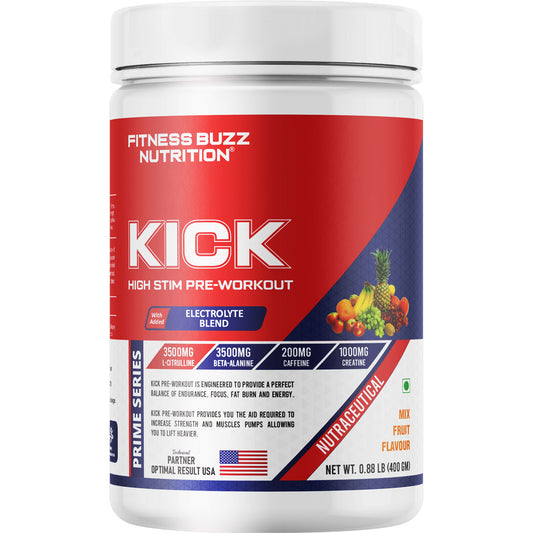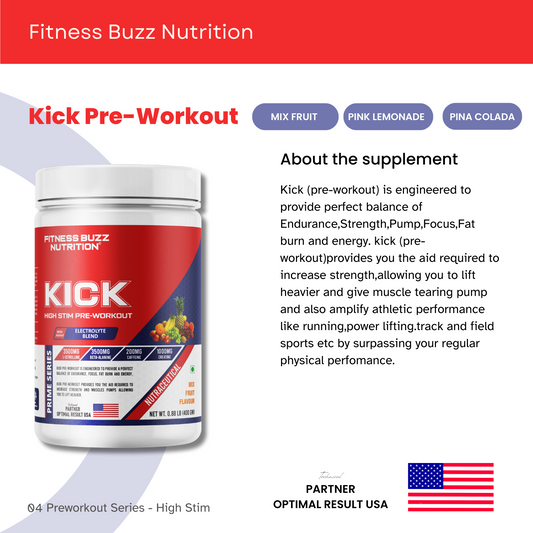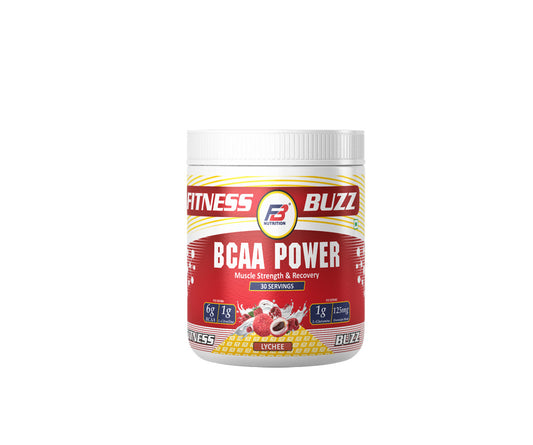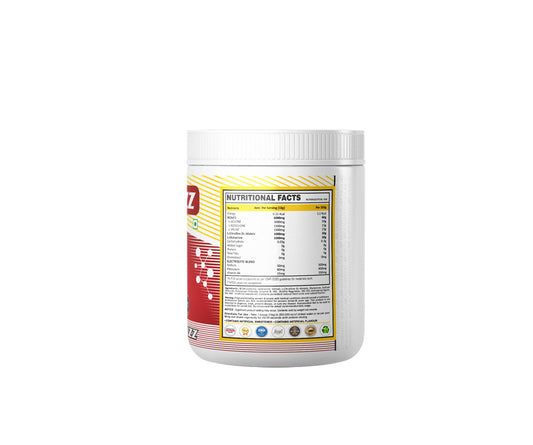You hit the gym daily, yet your progress seems stuck. The mirror doesn’t show what you feel you’ve earned, and the weights you lift are not improving much either. This is a frustration many face when they are unsure whether to train for size or power.
The tug between hypertrophy and strength training is one of the oldest debates in fitness. Both can build muscles, but their results and methods are pretty different. Understanding the balance between power training, training volume, and intensity is key to reaching your true potential.
Choosing the right approach depends on your goals; are you chasing size, strength, or a mix of both? The right workout strategy can also affect your recovery needs and the effectiveness of your muscle recovery supplements. In this blog, we’ll discuss how hypertrophy and strength training differ, how they impact your fitness goals, and which one might suit you better.
What is Hypertrophy Training?
Hypertrophy training focuses on increasing the size of your muscle fibres. This process, known as muscle hypertrophy, happens when muscles are pushed close to their limits, forcing them to repair and grow larger over time. The goal here is to create visible muscle development rather than just raw power. A muscle growth workout usually includes moderate weights with higher repetitions (typically 8 to 12 reps per set) along with shorter rest periods.
For many fitness enthusiasts, hypertrophy is the key to a well-built physique. It requires consistent overload on the muscles, a balanced diet, and good supplementation. Many people choose to buy creatine online to support better performance and endurance during their hypertrophy routines.
Training for hypertrophy not only makes you look stronger but also improves muscle endurance, stability, and body control. It’s the foundation for a toned and athletic body that performs well both in and outside the gym.
What is Strength Training?
Strength training, as the name suggests, aims at improving your ability to lift heavier weights. It’s all about training your muscles, joints, and nervous system to handle higher loads. The main focus is not on size but on the ability to generate force.
Strength training routines usually include heavier weights, lower repetitions (around 3 to 6 per set), and longer rest periods between sets. The results come from strength gains rather than visible bulk. Over time, this kind of training improves your body’s ability to activate muscle fibres, leading to better overall performance.
Proper muscle recovery plays a big part in successful strength training. Your muscles need enough rest and nutrients to grow stronger after each session. Many athletes add whey protein powders to their diet to speed up recovery and maintain muscle mass while gaining power. In short, strength training makes your muscles stronger and your body more capable, even if the growth in size isn’t dramatic.
Does Hypertrophy Training Increase Strength?
Many people assume that training for muscle size automatically increases strength, but that’s not always true. Hypertrophy training improves the muscle’s ability to perform repeated contractions under moderate loads, while strength training enhances the muscle’s ability to generate maximum force.
However, hypertrophy can contribute to strength gains because larger muscles generally have greater force-producing capacity. When combined with resistance training and progressive overload, hypertrophy training can indeed increase strength levels over time.
To get the most out of your workouts, you should occasionally combine both styles. This helps balance size, strength, and endurance. Using muscle recovery supplements after training can help your body rebuild faster and adapt better to the increased load.
What To Choose: Strength or Hypertrophy Training for Fat Loss
When the goal is fat loss, both hypertrophy and strength training can help, but the choice depends on how your body responds to different kinds of stress. Each approach has its own benefits when paired with a healthy diet and proper recovery.
Here’s how you can decide which one might work best for you:
Hypertrophy for Higher Calorie Burn: Hypertrophy training increases your total muscle mass, which raises your metabolism. The more muscle you have, the more calories you burn even at rest. This makes hypertrophy effective for long-term fat loss.
Strength Training for Overall Power: Strength training burns fewer calories during the session, but it helps build dense muscle that burns energy efficiently. Many athletes prefer to buy creatine online to improve energy levels during intense lifting sessions, which indirectly supports fat-burning efforts.
Mix Both for Balanced Results: Combining the two training styles gives you the best of both worlds, which is lean muscle growth and powerful performance. You can alternate training days or cycles to keep your body challenged.
Include Cardio and Nutrition: No training plan can beat a poor diet. Include steady cardio and eat clean to help burn fat more efficiently. Pairing workouts with quality food ensures lasting results.
Focus on Recovery: Recovery plays a vital role in fat loss because overtraining can slow your metabolism. Adding whey protein powders after workouts helps preserve lean muscle while your body burns fat.
Wrapping Up
Choosing between hypertrophy and strength training is not about picking one over the other. It’s about aligning your workout style with your goals. If your main goal is to build visible muscle, hypertrophy training is the way to go. But if you want raw lifting power, strength training should be your focus. Adding muscle recovery supplements from the right brand to your plan can enhance results by reducing fatigue and helping your muscles rebuild efficiently.
If you are looking for the best supplement brand to support your fitness journey, FB Nutrition can easily help. Our range of high-quality products is perfect for athletes and fitness enthusiasts. We prioritise quality and effectiveness, offering a variety of fitness supplements. So what are you waiting for? Grab your pack of supplements and start building a healthy and strong body today!
Frequently Asked Questions (FAQs)
What matters the most: Strength or Size?
The answer depends on your goals. In the strength vs. size debate, size helps with appearance and endurance, while strength improves functional performance. Ideally, a mix of both leads to balanced development.
How many days should I train for hypertrophy or strength?
Hypertrophy works well with 4 to 6 training days a week, focusing on volume. Strength training needs more recovery time, so 3 to 4 days a week is ideal.
Does nutrition play a major role in both training types?
Absolutely. Without proper nutrition, your muscles can’t grow or recover. Include enough protein, carbs, and healthy fats for steady progress.
Muscle Pump vs. Muscle Growth: What is the Difference?
A muscle pump is the temporary swelling of muscles during or after exercise. It looks impressive but fades within hours. Muscle growth, on the other hand, is a long-term adaptation that comes from consistent training, good rest, and a solid nutrition plan.









